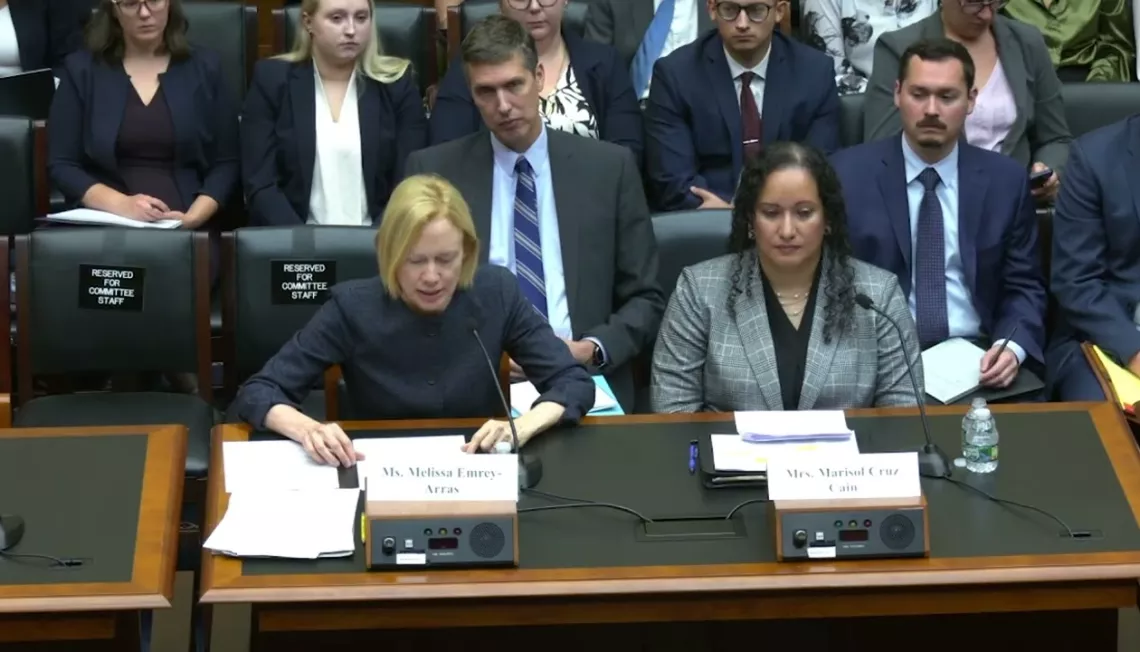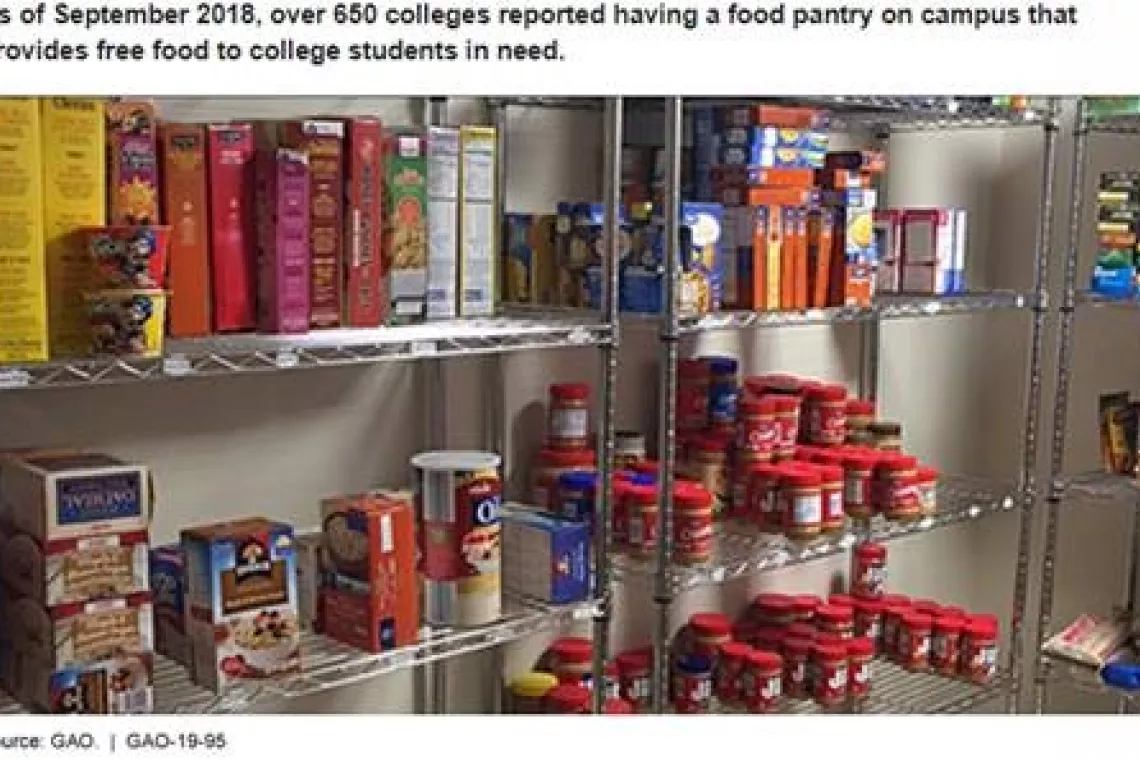Botched FAFSA Rollout Leaves Uncertainty for Students Seeking Financial Aid for College
Note: This post was updated on September 25 to include videos of our experts' testimonies from September 24.
Numerous delays and tech issues plagued the rollout of a new federal financial aid application that was meant to simplify the process for students.
Millions of students apply each year for financial aid through the Free Application for Federal Student Aid (FAFSA). Information from these applications helps determine students’ eligibility for loans, work-study, and grants—such as Pell Grants, which support low-income undergraduate students.
GAO experts testified today before Congress on what we know so far about what went wrong with the new FAFSA system rollout and how it impacted students.
Image

Delays, glitches, and a big drop in submitted applications
Applying for federal student aid can be a lengthy, complex process. That’s why in 2020, Congress directed the Department of Education (Education) to overhaul its federal student aid system. The goal was to streamline the application process by pulling students’ and parents’ financial information directly from the IRS and by reducing the number of application questions—from more than 100 to as few as 18 for some applicants.
But instead of simplifying things, the new system’s rollout (last winter) resulted in a series of roadblocks for students and colleges.
Education identified more than 40 separate technical issues with the initial rollout, including problems that blocked some students from starting or completing their applications. For example, students and parents filling out applications found information they entered onto the form deleted, erroneous error messages, and incorrect estimates of students’ eligibility for federal aid.
GAO’s Melissa Emrey-Arras told Congress about these challenges during a hearing September 24.
Typically, students can apply for FAFSA on October 1 each year. But this past year, the form wasn’t available until December 30, 2023.
And more delays followed. Colleges were late in developing students’ financial aid offers because they did not have needed information on time. And students who were waiting for delayed offers had to make rushed decisions about where to enroll.
Delays, glitches, and other issues led to a 9% decline in submitted FAFSA applications among first-time applicants, and an overall decline of about 432,000 applications as of the end of August.
Delays in the Rollout of FAFSA
Image

Education failed to communicate with applicants. Many applicants reached out to Education’s call center for help with the new FAFSA application. But most of these calls (74%) went unanswered due to understaffing at the call center.
Education also failed to provide timely information to students about processing delays or how they could navigate technical problems. Call center representatives advised some students to just “try again later” rather than proactively notifying them when the problem was resolved. At times, this took months.
Education’s lack of timely support and clear communications stoked confusion among FAFSA applicants. The department is still working to resolve some of these issues. In the meantime, we are recommending Education take steps to ensure it is sufficiently staffing its call center and communicating important information to students in a timely manner.
Image

Why was the new FAFSA rollout so troubled?
We are still looking into what went wrong with the FAFSA rollout. But here’s what we know so far…The rollout faced delays and technical issues from the very beginning.
Education hired a contractor to update its FAFSA Processing System in March 2022. Within months, the system encountered development issues that eventually resulted in the delays and other glitches applicants saw. For example, milestones for 25 contract requirements were pushed back months. Some of these requirements were still not met when the new system launched.
GAO’s Marisol Cruz Cain testified about these issues and their impacts during a congressional hearing September 24.
Education discovered some significant defects within its new system prior to its launch. But many more defects—some significant—were found after the system was deployed and available to the public. But in order to prioritize meeting launch dates, planned testing steps that may have caught these defects were skipped. The department was required to launch by January 1.
While we continue our work looking into what happened with the FAFSA launch, we are also recommending steps to improve Education’s efforts now. Read more about these steps by checking out our full report.
How to get help with your FAFSA questions
For those applying for student aid for the 2025-2026 school year, Education plans on having FAFSA forms available by December 1.
While GAO is looking into what went wrong with the FAFSA launch, we are not able to answer individuals’ questions—like the status of their applications.
Here’s some resources that may help answer your questions:
- The Student Aid website includes some frequently asked questions—including how to check the status of FAFSA forms and how to find relevant tax information. You can also chat with a virtual assistant.
- The Department of Education also has call centers to help answer questions. You can call 1-800-433-3243. There is a live chat option and email contact too.
- GAO’s fact-based, nonpartisan information helps Congress and federal agencies improve government. The WatchBlog lets us contextualize GAO’s work a little more for the public. Check out more of our posts at GAO.gov/blog.
GAO Contacts
Related Products

GAO's mission is to provide Congress with fact-based, nonpartisan information that can help improve federal government performance and ensure accountability for the benefit of the American people. GAO launched its WatchBlog in January, 2014, as part of its continuing effort to reach its audiences—Congress and the American people—where they are currently looking for information.
The blog format allows GAO to provide a little more context about its work than it can offer on its other social media platforms. Posts will tie GAO work to current events and the news; show how GAO’s work is affecting agencies or legislation; highlight reports, testimonies, and issue areas where GAO does work; and provide information about GAO itself, among other things.
Please send any feedback on GAO's WatchBlog to blog@gao.gov.







